
01 Sep How A Trip to Japan Helped Shape My Design Philosophy
In June, my husband and I went to Japan with our best friends. We went to Tokyo, Kyoto, Nara and Niko. Each city has its own personality, with the mega city of Tokyo having many personalities. I have been anticipating this adventure for many years, and have even written about my love of Zen gardens here. It was also an influence in our 2021 Serenbe Showhouse with our Zen Space.
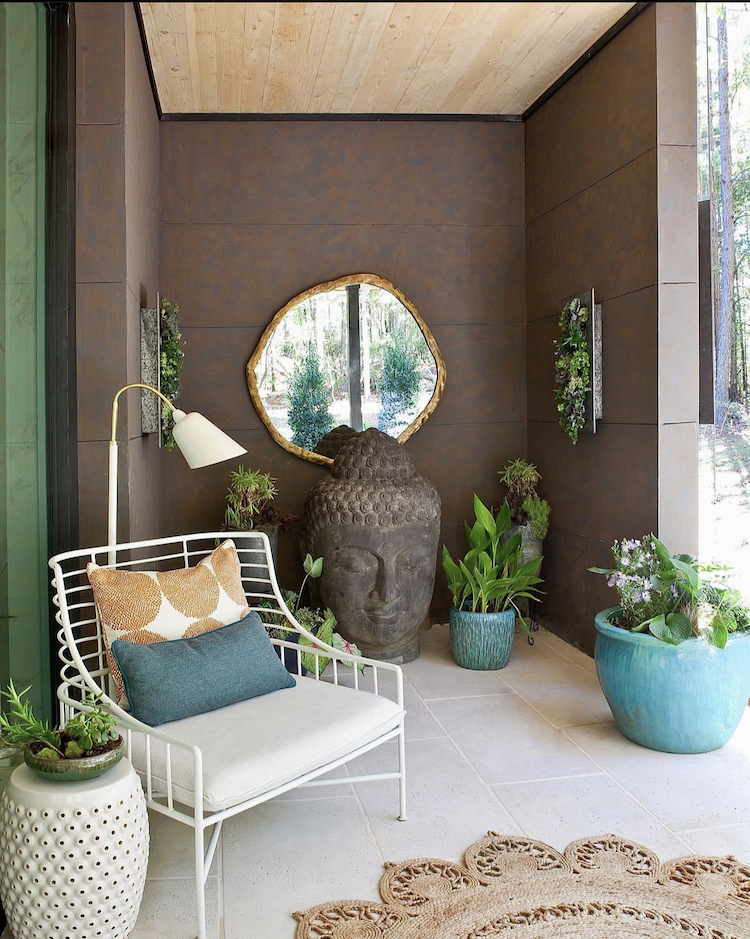
While traveling in Japan, I was reading: WA, the Art of Balance by Kaki Okumura. This book set the tone of what I was about to experience and the Japanese philosophy of health, happiness and life, as she saw it. I highly recommend this beautiful book.
One of the first things that I noticed in Tokyo, a city of about 25 million people, was just how clean and organized it was. Whether we were in the frenetic Tokyo Station, which had orderly cues of people lining up for the hundreds of trains, or traversing all of the beautiful underground shops and restaurants with daylight lighting-it was kind of magical. Funny thing is that this tidiness seemed to be a natural state, because there were virtually no trash cans for debris. One of the possible reasons for this lack of trash cans is that Japanese people do not appear to eat on the go. Although delicious street food is plentiful, it is proper to eat in front of or inside the restaurant/stall that you bought the food from, and then throw it away at this same place. So you purchase, consume and throw away anything in one small space.
Speaking of space, we did not have much space in our hotel in Tokyo. It was fairly tiny and only had space for a bathroom and a bed, not our suitcases. Throughout this trip, I wished that I had only one neatly packed suitcase with exactly what I needed, rather than the 2 large suitcases we brought for a “just in case” moment. The luggage plagued me in the train stations and walking throughout Japan to our next lodging. Next time I go, I want to be free and easy- thoughtfully considering everything that I need, as well as what I don’t need.
The beauty of Tokyo and Kyoto is that amongst the sky scrapers, stores, restaurants and hotels, there are hundreds of Shinto and Buddhist temples and gardens unexpectedly interspersed for discovery. The vermillion temple gate or a beautiful carved statue or a koi pond would just pop up to greet us as we walked throughout the days. These frequent stops of beauty seemed to be telling me to slow down, breathe and take it all in with gratitude.
On another note, did you know that there are more Michelin starred restaurants in Tokyo, than in any other city of the world? Unfortunately, we did not get to eat at such a place, however this brings me to the other thing that showed itself over and over in Japan-high quality. Whether we went to a small stall with only 6 seats or a small boutique clothing store with only one employee there seemed to be a sense of pride at serving us the best item that was possible. From Japanese made knives, denim, linen, ceramics, stationary, sake and whiskey-these items were made by masters of the trade. Every item was painstakingly considered, typically sourced locally, and made to the highest caliber. This sentiment was very refreshing and inspiring.
There truly is so much more to say about our experiences and the culture of Japan. From staying on the grounds of a Zen Monastery in a traditional Japanese minimalist shelter, to walking through millions of bamboo trees, to feeding the deer in Nara-Japan is magnificent!
My trip to Japan has had a profound impact on my design philosophy, shaping it around the principles of simplicity, mindfulness, and quality. The Japanese culture is deeply rooted in minimalism and the appreciation of beauty in simplicity. This notion has influenced my approach to design, where I strive to create clean and uncluttered designs with a sense of balance (Wa). In Japan, every detail is carefully considered and executed. This mindfulness has taught me to pay attention to the smallest details in my designs, ensuring that every element serves a purpose and contributes to the overall aesthetic. Additionally, the Japanese commitment to quality has left a lasting impression on me. Now I find my myself seeking higher quality items made by a local craftsman featuring a more sustainable aspect that, perhaps, I did not look for before my trip to Japan. By embracing these principles, I can better create designs that our clients love as much as I do. Japan has always influenced my design ethos, but it took my trip and immersion in the culture to truly understand and appreciate all the ways it has and will continue to impact my life.


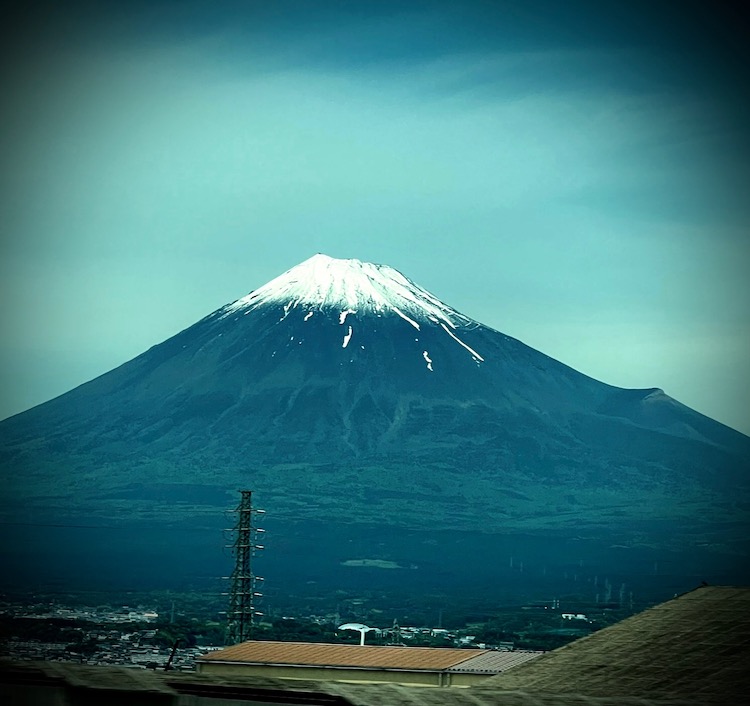
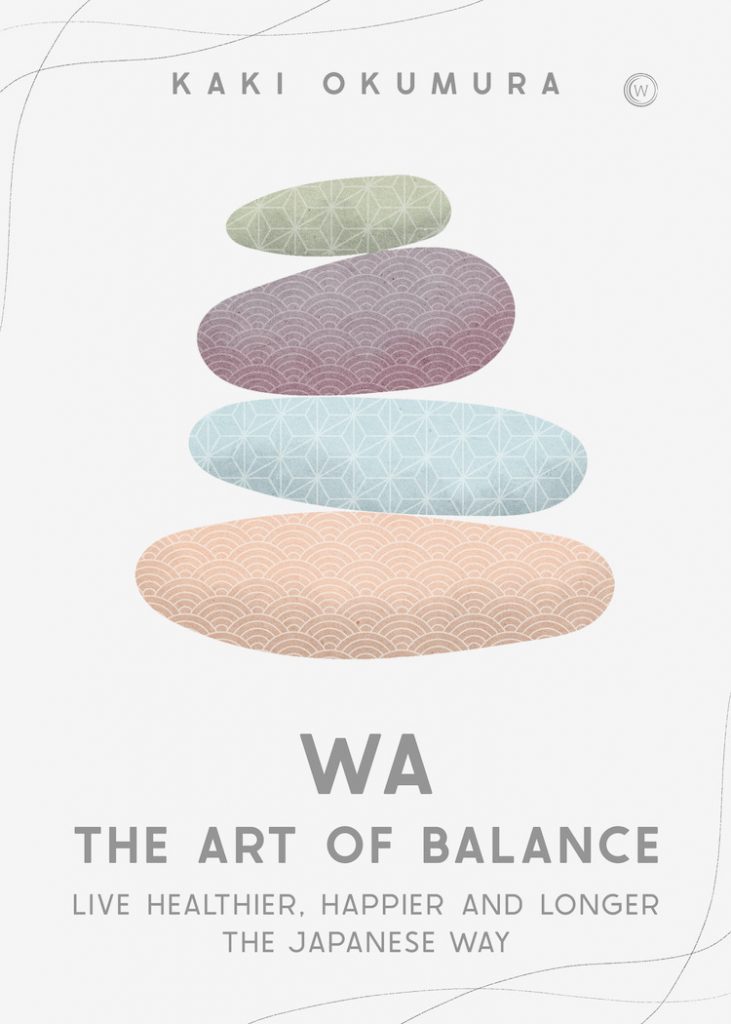
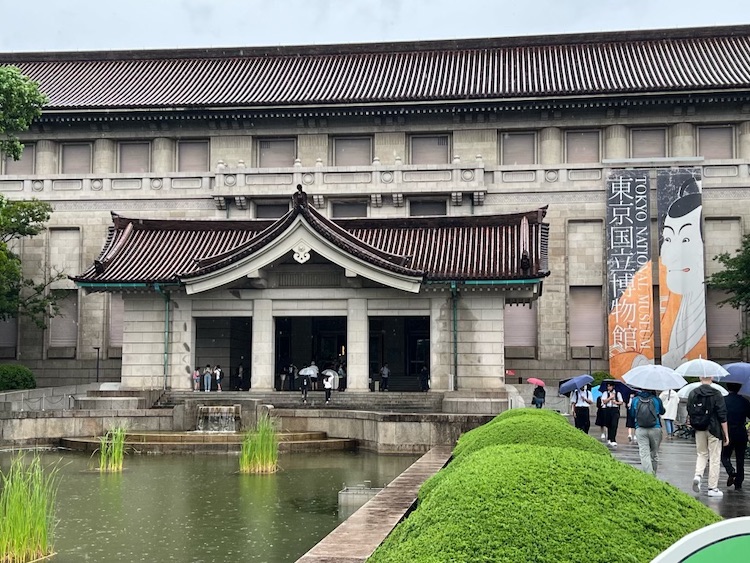
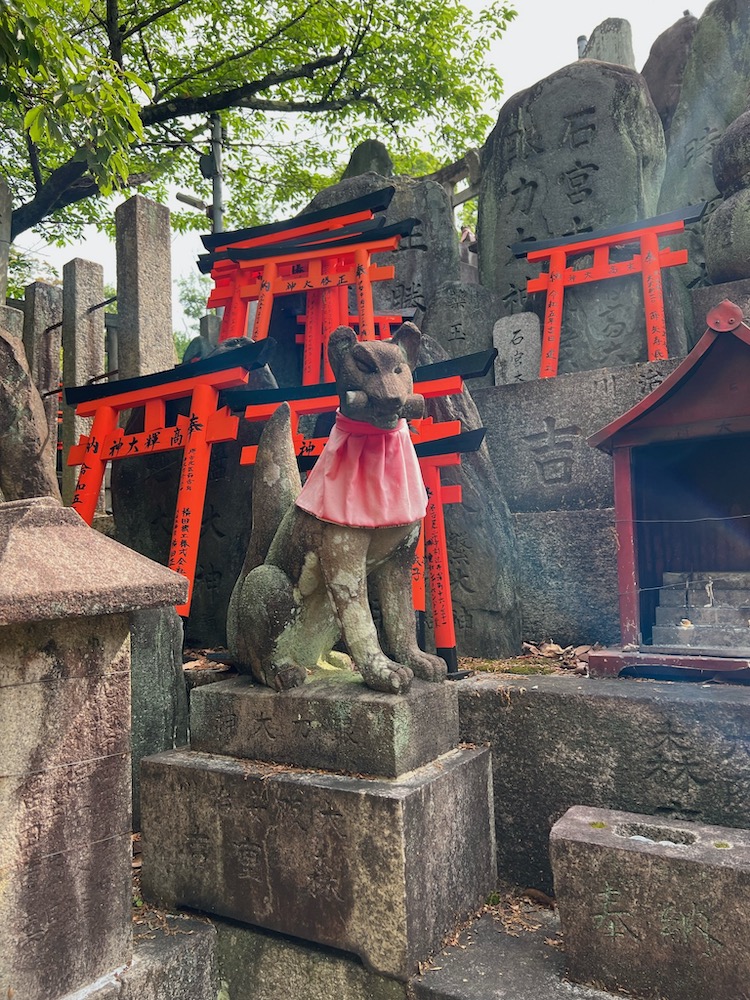
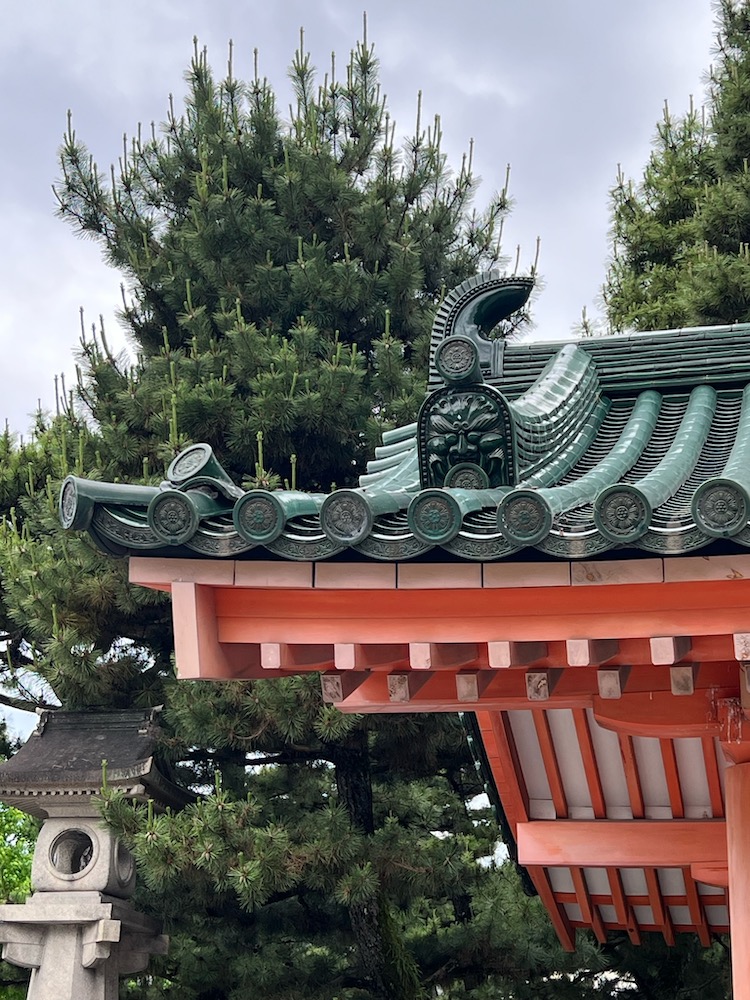

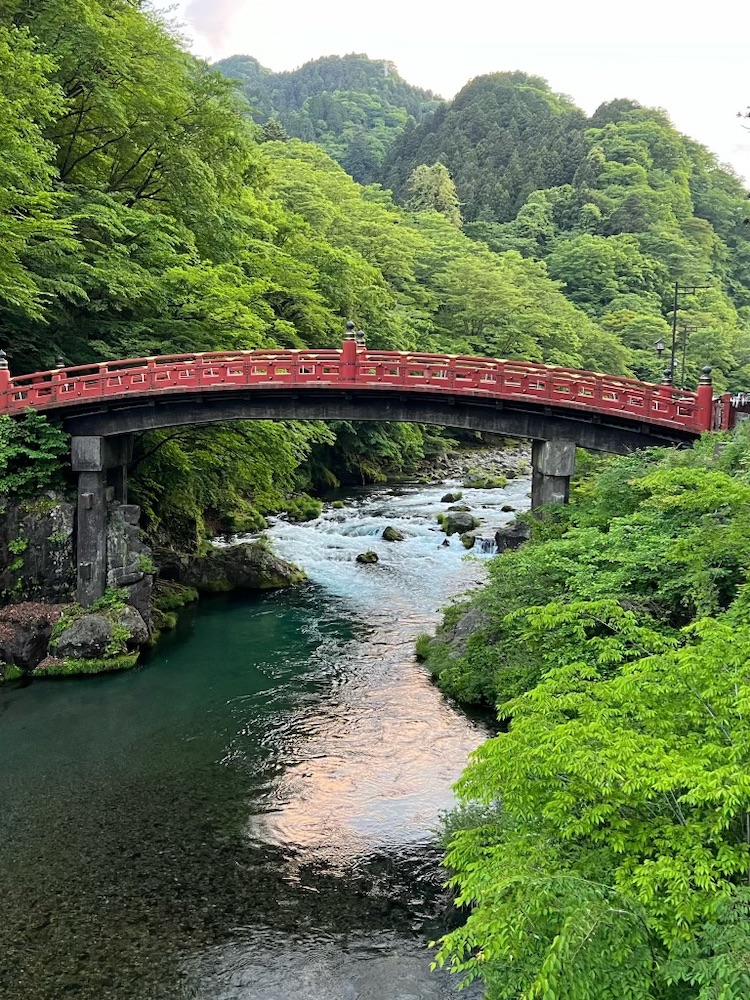

No Comments